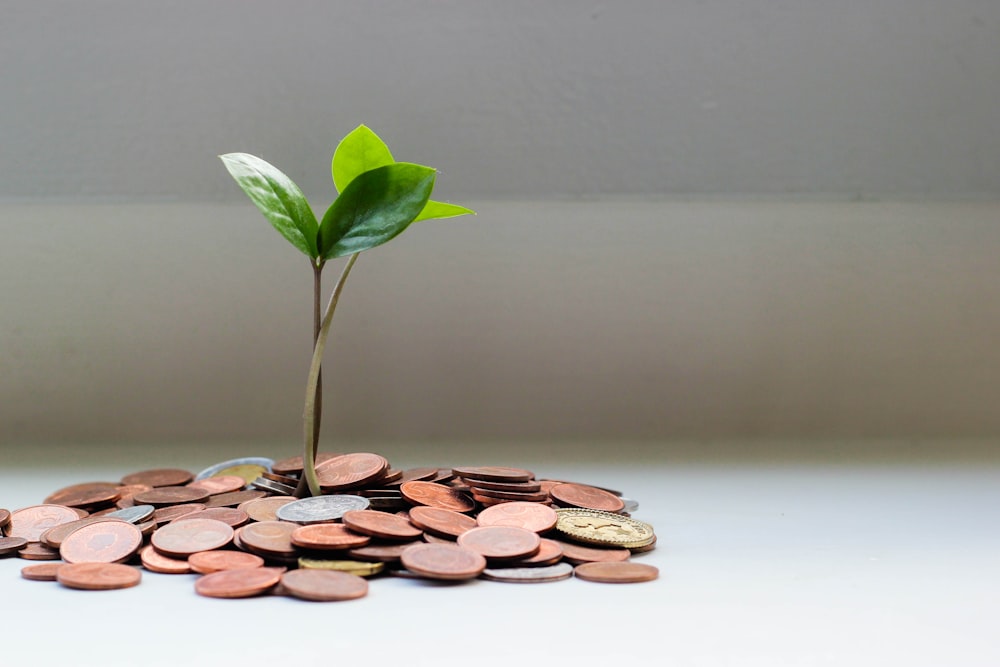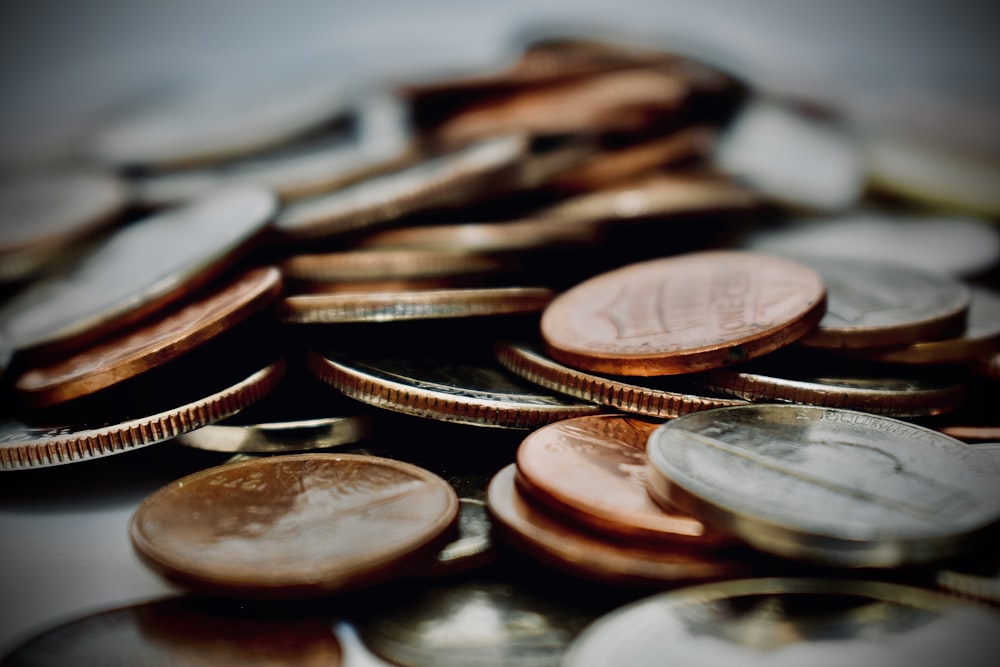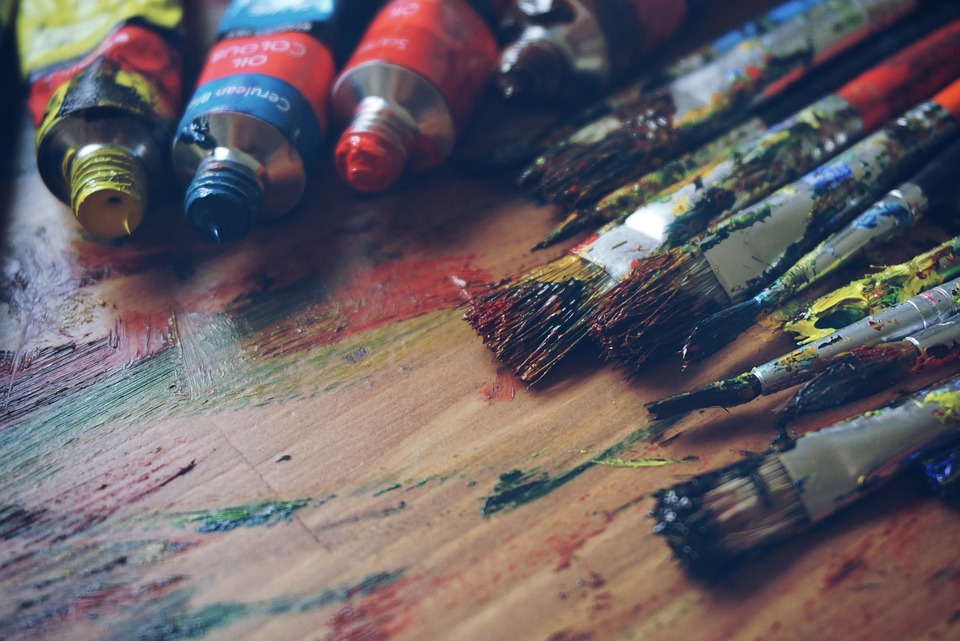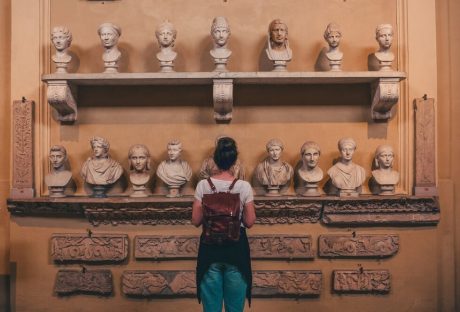Rare coin collections are a window into the past. It can be hard to believe these coins, now incredibly difficult to come by, were once commonly circulated. Coin collecting is a neat way to have a tangible piece of what was.
One particularly interesting coin is the flowing hair half dime, first produced in 1794. Its rarity makes the coin a prized possession for anyone lucky enough to come across it. Keep reading to uncover the history behind the coin and learn about its historical significance.
It All Started With The Coinage Act of 1792
The United States dollar was established as the standard currency in 1792 in the Coinage Act, or Mint Act. This created the United States Mint in Philadelphia, Pennsylvania, then the US capitol. It also created a decimal system for US currency and pegged the US dollar to the Spanish silver dollar, which at the time was widely used and accepted.
It’s hard to overstate how monumental this was. While some aspects have changed over time, they established coin design and production foundations.
Related Resouce: All Aboard! 5 Reasons to Consider Collecting Things as a Hobby
The Half Dime Design Emulates the USA’s Founding Principles
As mentioned, the Coinage Act outlined what was essentially a design template for US coins. The flowing hair half dime follows this; Miss Liberty is shown with flowing hair, facing right, with the word LIBERTY above her and the production date below.
Fifteen stars encircle the coin’s front outer edge; they represent the fifteen states that had ratified the constitution at the time. On the other side, you’ll find an eagle perched on top of a wreath, surrounded by the words “The United States of America.”
If you think about today’s coins, they also portray these values. The word “liberty” is spelled across the front with various designs on the back, and “The United States of America” is prominently displayed.
Cold Hard Facts About This Cold Hard Cash
As you might imagine, the half dime was valued at five cents or half of the ten-cent dime. It was also smaller and thinner than the dime.
Now, of course, this coin has a considerably higher value due to its rarity. It was only produced for two years—1794 and 1795.
Other coins in this family are even more challenging to find and can fetch a price up to $10 million dollars. This coin is not quite that rare, but it’s still highly valued due to its limited production, and because of the history it represents. Many design elements from this coin era endure today, though they do change with the times to an extent.
Rare Coin Collections Capture Bygone Eras
Time marches on, and things change, including how coins are produced and how they look. A rare coin collection is a great way to keep the past alive and show appreciation for what was. In particular, the 1794 flowing hair half a dollar is an excellent homage to the United States’ founding principles and early design that still shapes coinage today.
Read Also:
























